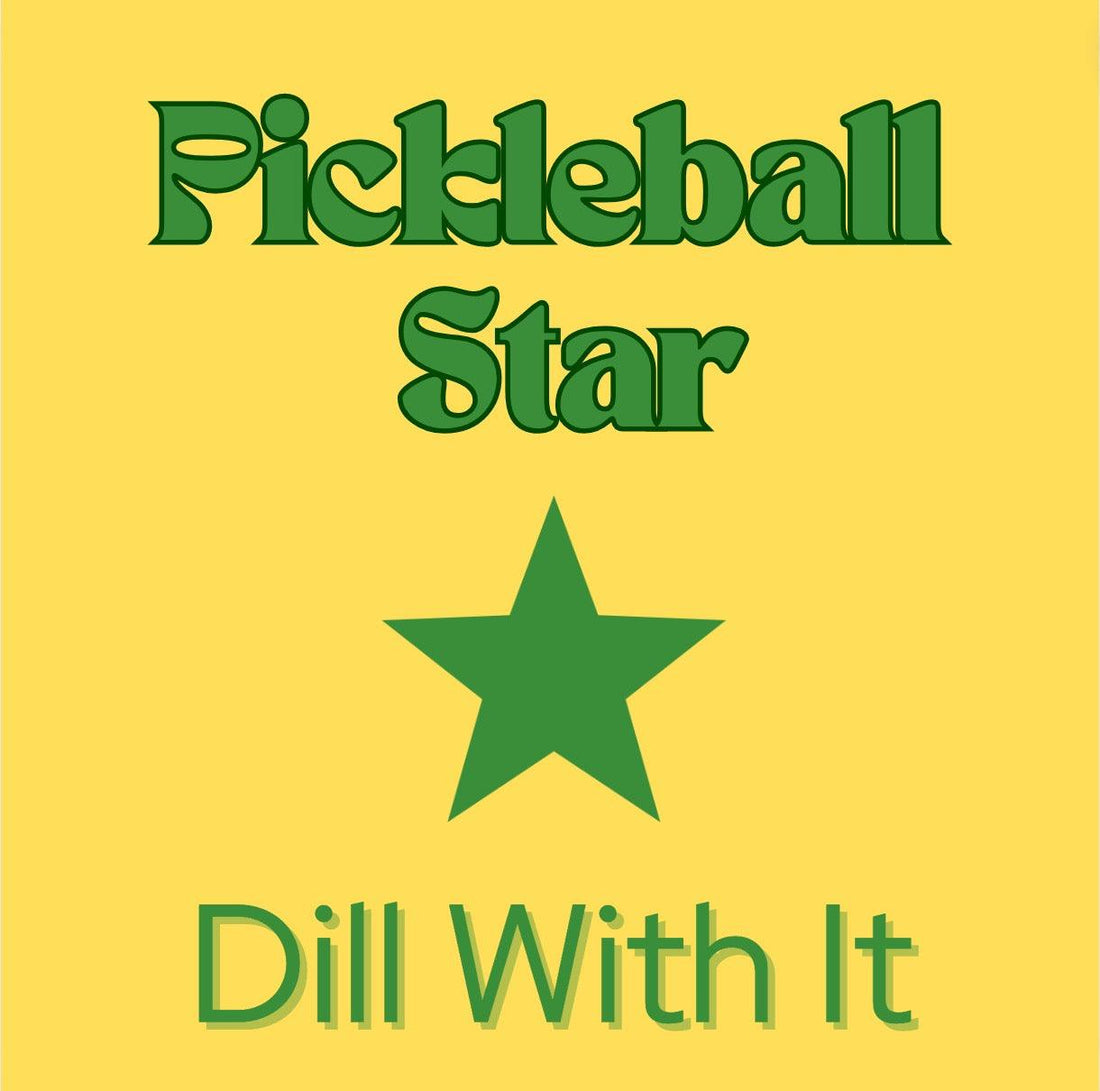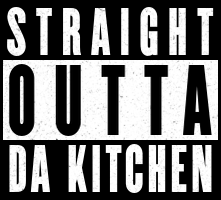
Understanding the Pickleball: Sizes, Weights, and Key Differences for Indoor and Outdoor Play
Share
Pickleball has surged in popularity, and while much attention is given to paddles, the humble pickleball itself plays a crucial role in the game. The physical characteristics of the pickleball—its size, weight, color, and composition—are all carefully designed to meet the demands of the sport, affecting everything from playability to strategy. Here’s an in-depth look at the pickleball, why its characteristics were chosen, and what they mean for players.
1. Size and Weight: The Basics
The official pickleball is relatively small, with a diameter between 2.87 and 2.97 inches (7.29 to 7.54 cm) according to the USA Pickleball Association (USAPA). This ensures uniformity in play, helping players predict the ball’s behavior in various game situations.
In terms of weight, a pickleball weighs between 0.78 and 0.935 ounces (22 to 26.5 grams). This lightness is essential for keeping the game fast-paced and dynamic. A heavier ball would require more force to propel and would slow down gameplay, whereas a ball too light might be too difficult to control, especially in outdoor play where wind is a factor.
2. Indoor vs. Outdoor Pickleballs: Key Differences
One of the most significant distinctions in the game is between indoor and outdoor pickleballs. While they may appear similar at first glance, they are engineered to suit the conditions of their respective environments.
Indoor Pickleballs
Hole Design: Indoor pickleballs have larger holes (usually around 26 holes), which allow for better airflow and softer bounces on indoor surfaces. The larger holes also slow the ball slightly, making it easier to control in the typically faster indoor game.
Material: The plastic used in indoor pickleballs is softer and more flexible. This means the ball has a more controlled, cushioned bounce and allows for longer rallies.
Weight: Indoor pickleballs are usually lighter than outdoor balls, contributing to the softer feel and slower pace.
Play Style Impact: Indoor pickleballs require finesse and control, with players often favoring precise placement over power.
Outdoor Pickleballs
Hole Design: Outdoor pickleballs have smaller and more numerous holes (typically around 40). This helps the ball resist the effects of wind, providing better stability in outdoor conditions.
Material: Outdoor balls are made from a harder plastic, designed to withstand the rougher conditions of outdoor courts. This hardness also results in a faster, more aggressive bounce, leading to quicker gameplay.
Weight: Outdoor pickleballs are heavier, which helps them cut through the wind and maintain their trajectory.
Play Style Impact: Because outdoor pickleballs are faster and less forgiving, players need to rely more on power and quick reflexes, especially in windy conditions.
3. Color: Visibility and Contrast
Pickleballs are typically available in bright colors, most commonly yellow, neon green, or orange. These colors were chosen for maximum visibility, ensuring that players can track the ball in various lighting conditions. Bright colors contrast well against both indoor court surfaces and outdoor backdrops, reducing the risk of losing sight of the ball mid-play. Some venues also allow white pickleballs, but they’re less common due to visibility concerns, especially outdoors.
Color choice can also depend on the specific venue. For example, yellow is often preferred for outdoor play, where sunlight or artificial lighting can create glare. Neon green balls tend to stand out more on darker indoor court surfaces.
4. Why These Characteristics Matter to Players
The physical attributes of a pickleball—size, weight, hole pattern, and color—are not arbitrary but are carefully designed to optimize gameplay and meet the needs of different environments. Here’s how these factors impact players:
Control vs. Power: Indoor pickleballs allow players more control, as the larger holes and softer material create a slower ball. This enables longer rallies, with players focusing on precision. Outdoor balls, however, encourage more aggressive play due to their smaller holes and faster bounces.
Consistency: Uniformity in size and weight ensures that a player’s skills translate across different courts. Players can rely on the ball’s predictable behavior, which allows them to refine techniques and strategies.
Adaptability: The differences between indoor and outdoor balls mean that players need to adjust their gameplay based on the environment. A successful player understands how to adapt their style—whether by playing softer and more strategically indoors or by hitting harder and faster outdoors.
Visibility: Color is an often-overlooked aspect, but it’s essential for maintaining focus during a game. A ball that is easily visible ensures fewer missed shots due to losing sight of the ball in play.
Conclusion
The pickleball is more than just a plastic ball with holes—its design is integral to the game itself. Whether you’re playing indoors or outdoors, the specific characteristics of the ball shape your strategy, speed, and style of play. For anyone serious about pickleball, understanding these details can give you an edge in improving your performance and adapting to different environments. Next time you step onto the court, take a moment to appreciate the science behind the ball that makes the game what it is!
